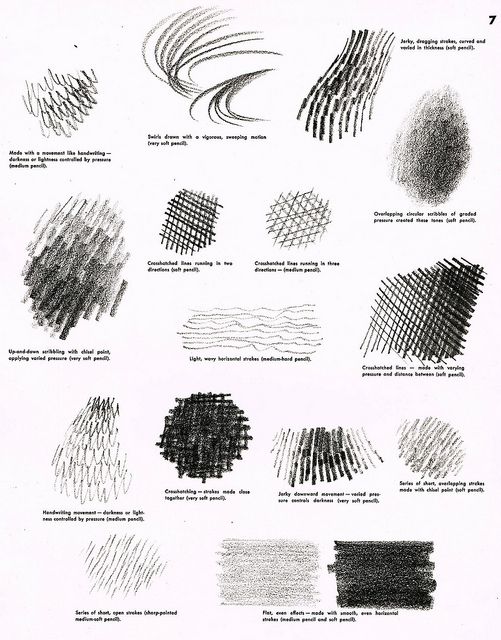
Welcome to 'Mastering the Craft: Top 10 Advanced Sketching Techniques for Pro Artists'.
In this in-depth article, we will explore a range of expert techniques that will elevate your sketching abilities to new heights.
From mastering the intricate art of cross hatching to unleashing the power of dynamic lines, we will delve into the secrets of creating realistic depth and enhancing your sketches with expressive facial features.
Get ready to push the boundaries of your creativity and unlock your true artistic potential.
Mastering the Art of Cross Hatching
One essential skill that professional artists must master is the art of cross hatching. This technique involves creating a series of intersecting lines to create texture, depth, and shading in a drawing. Cross hatching allows artists to add dimension and form to their artwork, making it appear more realistic and visually captivating.
To effectively execute cross hatching, artists must understand the principles of shading and how light interacts with different surfaces. By varying the spacing, thickness, and direction of the lines, artists can manipulate the appearance of light and shadow, creating a sense of volume and three-dimensionality.
There are various cross hatching techniques that artists can employ, such as parallel hatching, contour hatching, and stippling. Each technique offers a unique effect, allowing artists to experiment and find their preferred style.
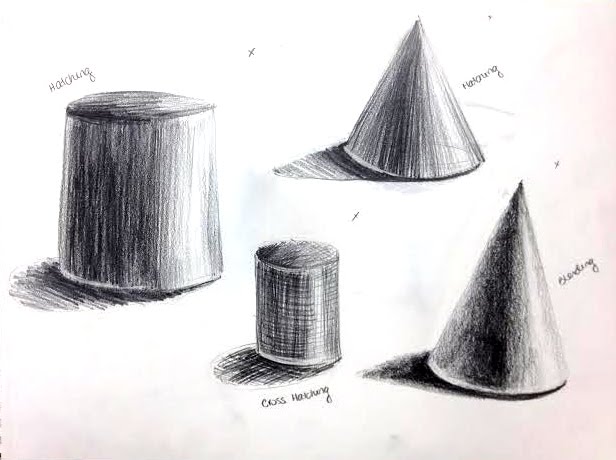
Mastering the art of cross hatching requires practice, patience, and a keen eye for detail. By honing this skill, professional artists can enhance their drawings and bring their artistic vision to life.
Unleashing the Power of Dynamic Lines
Harnessing the expressive potential of dynamic lines and employing them strategically is a critical skill for professional artists to elevate the impact and energy of their sketches. Exploring gestural mark making allows artists to convey movement and emotion in their drawings, capturing the essence of their subjects.
By varying the thickness and speed of their lines, artists can create a sense of depth and dimension, breathing life into their artwork. Utilizing negative space effectively is another technique that can enhance the power of dynamic lines. By leaving areas of the paper untouched, artists can create a sense of balance and harmony, drawing the viewer's eye to the focal point of the drawing.
When wielded with precision and intention, dynamic lines have the power to transform a simple sketch into a captivating masterpiece.
Creating Realistic Depth With Light and Shadow
Creating realistic depth in a sketch involves understanding the interplay between light and shadow.
One key technique is using contrast to create depth, by emphasizing the difference between light and dark areas.
Additionally, playing with lighting can help create a sense of depth and three-dimensionality in the artwork.
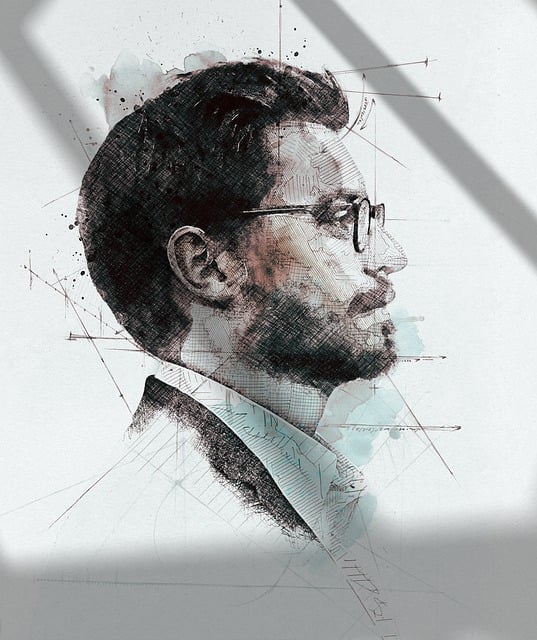
Contrast for Depth
Achieving a sense of depth in a sketch can be accomplished by strategically employing contrasting light and shadow. Contrast techniques play a crucial role in creating depth with shading. By understanding how light interacts with objects, artists can manipulate shadows to give the illusion of three-dimensional space on a two-dimensional surface.
One effective technique is to use strong contrasts between areas of light and dark. By emphasizing the difference between highlights and shadows, artists can create a sense of depth and form.
Another technique is to vary the intensity of shading, with darker areas receding into the background and lighter areas appearing closer to the viewer.
Additionally, artists can use cast shadows to further enhance the perception of depth. By carefully observing the interplay of light and shadow, artists can master the art of creating realistic depth in their sketches.
Play With Lighting
Utilizing various lighting techniques is essential for professional artists to achieve a sense of realistic depth in their sketches. By playing with light and shadow, artists can create a three-dimensional effect that brings their drawings to life.
Here are three lighting techniques and shading techniques that can help artists master the art of creating realistic depth:
Chiaroscuro: This technique involves using strong contrasts between light and dark to create dramatic and realistic effects. By carefully controlling the placement of light and shadow, artists can add depth and dimension to their sketches.
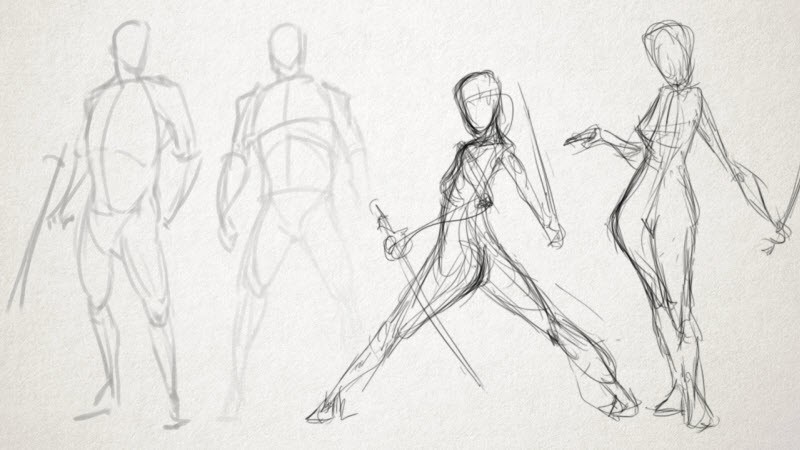
Ambient lighting: By considering the overall lighting in a scene, artists can create a sense of atmosphere and mood. Whether it's a warm and cozy interior or a harsh and dramatic outdoor setting, understanding how light interacts with the environment is crucial for creating a realistic sense of depth.
Cast shadows: Shadows play a crucial role in creating the illusion of depth. By understanding how objects cast shadows in different lighting conditions, artists can add depth and realism to their sketches.
Mastering these lighting techniques and shading techniques can take an artist's sketches to the next level, allowing them to create realistic and captivating drawings that truly come to life.
Shadows Create Dimension
Through the strategic manipulation of light and shadow, professional artists can imbue their sketches with a sense of realistic depth, bringing their subjects to life on the page. Shadows play a crucial role in creating depth and dimension in a drawing. By carefully observing how light interacts with objects, artists can accurately depict the way shadows fall and create a three-dimensional effect.
Textures also contribute to creating depth in a sketch. By varying the stroke patterns and techniques used, artists can simulate the tactile qualities of different surfaces, adding realism and depth to their drawings.
Furthermore, highlights and reflections are essential in capturing the way light interacts with objects. These elements help to create contrast and enhance the overall realism of the sketch.
Mastering the Art of Perspective Drawing
Throughout the journey of becoming a skilled artist, mastering the art of perspective drawing is an essential skill that allows artists to create realistic and dynamic compositions. Perspective drawing is the technique used to create the illusion of depth and dimension on a two-dimensional surface. To master this art, artists must understand the principles of vanishing points, horizon lines, and foreshortening.

Here are three key techniques to explore when mastering the art of perspective drawing:
Experiment with different drawing tools such as rulers, T-squares, and perspective grids to aid in creating accurate and precise lines.
Learn the art of foreshortening, which involves depicting objects that appear closer to the viewer as larger and more distorted.
Practice drawing from various perspectives, including one-point, two-point, and three-point perspective, to develop a strong understanding of how objects appear in space.
Enhancing Your Sketches With Atmospheric Perspective
One technique that professional artists use to enhance their sketches is atmospheric perspective. This technique involves creating depth and a sense of realism by using color gradients and adjusting the background.
Depth Through Color Gradient
When using color gradients to enhance your sketches with atmospheric perspective, it is important to consider the effects over time. By incorporating depth through color gradient, you can create a sense of distance and dimension in your artwork.
Here are three key techniques to keep in mind:
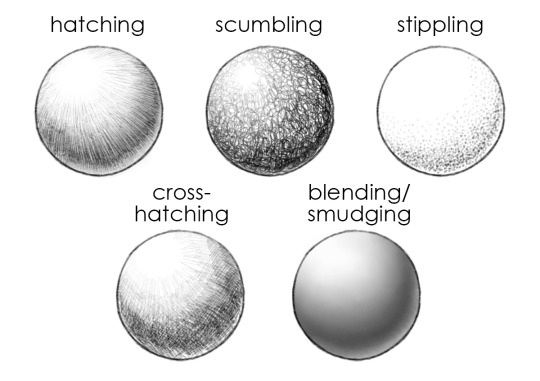
Layering colors: Build up layers of colors with varying intensities to create a smooth transition from foreground to background. This technique adds depth and realism to your sketches.
Using color theory: Utilize color theory principles such as warm colors advancing and cool colors receding to enhance the illusion of depth. Experiment with different hues and tones to achieve the desired effect.
Adding texture: Incorporate texture in your color gradients to create visual interest and further enhance the sense of depth in your sketches. Play with brush strokes, blending techniques, or even mixed media to achieve different textures.
Creating Realistic Background
Effectively enhancing your sketches with atmospheric perspective, the creation of a realistic background adds depth and dimension to your artwork.
To achieve this, it is essential to pay attention to the details of the foreground and the use of texture. Start by sketching a realistic foreground that captures the essence of the subject. Pay attention to the small details and use shading techniques to create depth.
Additionally, incorporating texture into your background can further enhance the realism. Experiment with different techniques such as cross-hatching or stippling to create texture and make your background come alive.
Capturing the Essence of Movement With Gesture Sketching
To effectively capture the essence of movement in their sketches, professional artists employ gesture sketching techniques. Gesture sketching is a dynamic and expressive approach that allows artists to quickly capture the movement and energy of a subject.
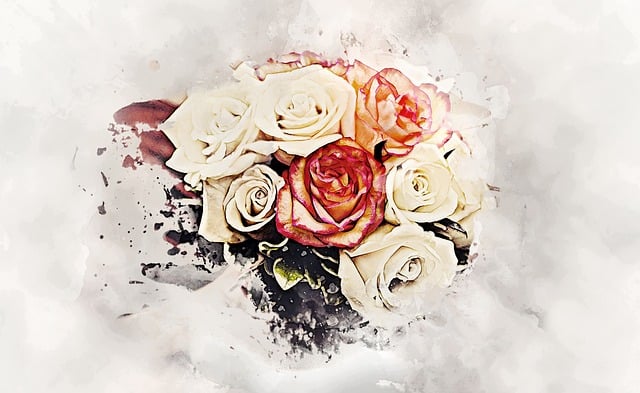
Here are three key elements of gesture sketching that can help artists bring their sketches to life:
Fluid lines: Gesture sketching involves using loose and flowing lines to convey the movement and rhythm of the subject. Artists use quick, confident strokes to capture the essence of the pose or action.
Simplification: Gesture sketches focus on capturing the overall gesture and movement rather than getting caught up in details. Artists simplify the forms and shapes to emphasize the energy and flow of the subject.
Observation and intuition: Gesture sketching requires a keen observation of the subject's movements and an intuitive understanding of how to translate that onto paper. Artists must observe the dynamics of the subject and make quick decisions on how to represent it.
Mastering the Art of Proportions and Anatomy
Professional artists excel in their craft by honing their skills in mastering the art of proportions and anatomy, as they strive to capture the true essence and accuracy of the human form.
Understanding foreshortening is crucial in accurately representing the human body in sketches. Foreshortening refers to the distortion that occurs when an object or body part appears shorter or smaller than it actually is due to perspective. By understanding foreshortening, artists can effectively convey depth and create a sense of realism in their sketches.
Additionally, capturing the human form accurately requires a deep knowledge of anatomy. Artists must study the structure and placement of bones, muscles, and joints to depict the body realistically.
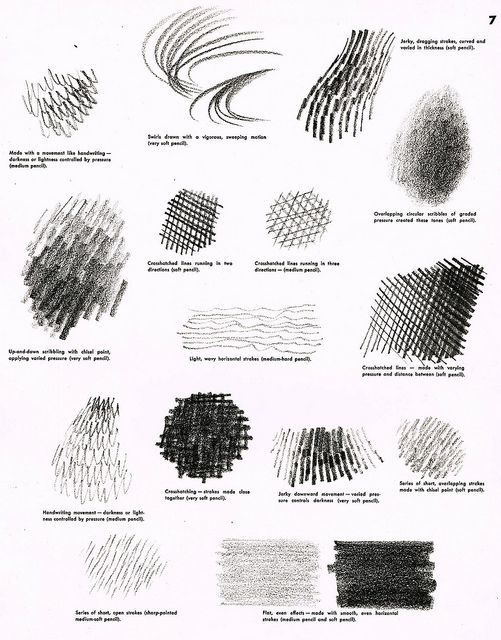
Mastery of proportions and anatomy is essential for pro artists to create lifelike and convincing drawings.
Adding Life to Your Sketches With Expressive Facial Features
With a keen eye for detail and a deep understanding of human emotions, skilled artists can infuse their sketches with vitality by incorporating expressive facial features. By capturing emotions through facial expressions, artists can create characters that resonate with the viewer on a deeper level. Adding personality to your characters through facial features allows them to come alive on the page, making them relatable and engaging.
Here are three techniques that can help bring your sketches to life:
- Experiment with different eyebrow shapes and angles to convey various emotions, such as surprise, anger, or sadness.
- Pay attention to the positioning and size of the eyes, as they can communicate a wide range of emotions, from excitement and curiosity to fear and doubt.
- Don't forget about the mouth and lips. By carefully crafting the shape, size, and expression of the lips, you can convey emotions like happiness, sadness, or determination.
One can delve into the realm of mixed media sketching to explore the endless possibilities and creative combinations that can elevate their artwork to new heights. Mixed media experimentation allows artists to break free from the constraints of traditional sketching techniques and embrace a more dynamic and expressive approach.
By combining textures and materials such as acrylic paint, watercolors, ink, collage, and even digital elements, artists can create rich and multidimensional artworks that engage the senses and captivate the viewer. The process of combining textures not only adds visual interest but also allows artists to convey different emotions and narratives within their sketches.
This exploration of mixed media sketching opens up a world of artistic freedom, where the possibilities are limitless and the results are truly unique.
Pushing the Boundaries of Creativity With Experimental Sketching Techniques
Undoubtedly, artists can expand their creative horizons by pushing the boundaries of traditional sketching techniques through experimental approaches. By embracing experimental texture techniques, artists can create unique and captivating sketches that go beyond the limitations of traditional methods.
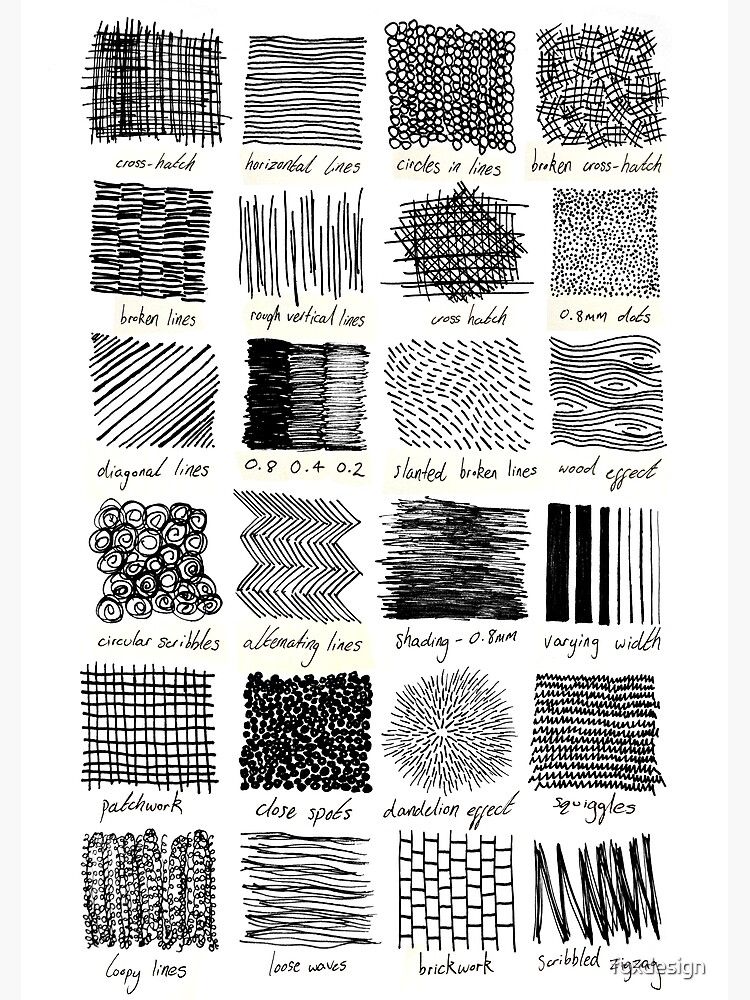
Incorporating found objects into their sketches adds an element of surprise and intrigue, allowing artists to incorporate unconventional materials and textures into their work. This opens up a world of possibilities, enabling artists to create visually stunning pieces that push the boundaries of creativity.
Experimenting with different textures and materials not only adds depth and interest to the sketch, but also allows artists to express their individuality and create truly one-of-a-kind artworks. The freedom to explore and experiment with these techniques can lead to groundbreaking discoveries and truly push the boundaries of traditional sketching.
Frequently Asked Questions
When it comes to choosing sketching tools, artists must consider the balance between quality and affordability, as well as the choice between traditional and digital mediums. It is crucial to find the tools that best suit their artistic style and needs.
Are There Any Recommended Exercises or Practices to Improve Sketching Skills?
Practical exercises and consistent practice are highly recommended for improving sketching skills. By incorporating various sketching techniques, artists can enhance their ability to capture details, create depth, and convey emotions in their artwork.
How Can I Add Texture and Details to My Sketches?
When seeking to enhance the texture and details in sketches, artists can employ shading techniques such as cross-hatching. Additionally, referencing photos can aid in capturing intricate patterns, allowing for greater realism and depth in the artwork.
Are There Any Specific Techniques for Sketching Landscapes or Natural Scenery?
When sketching landscapes or natural scenery, there are various techniques that can be employed to capture movement and create depth. One effective method is to use shading strategically, which adds dimension and realism to the sketch.
What Are Some Common Mistakes to Avoid When Sketching?
When sketching, it is important to be aware of common mistakes and misconceptions. These can include neglecting proper proportions, using too much detail too soon, and not allowing for experimentation and freedom in the process.
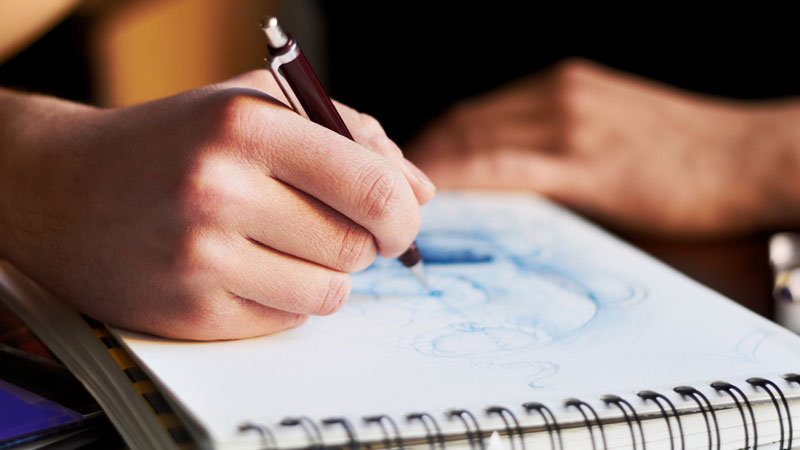
 Writing TipsCreative WritingJournalingSketching TechniquesBuying GuidesPrivacy PolicyTerms And Conditions
Writing TipsCreative WritingJournalingSketching TechniquesBuying GuidesPrivacy PolicyTerms And Conditions
